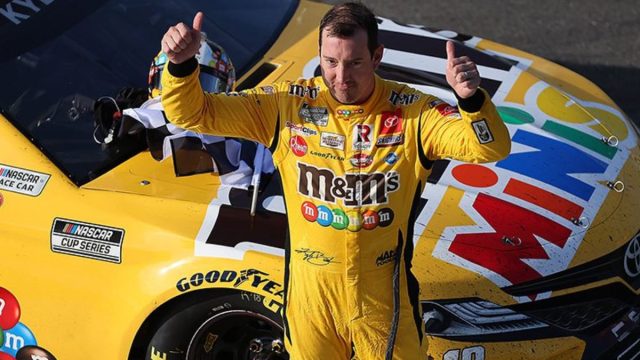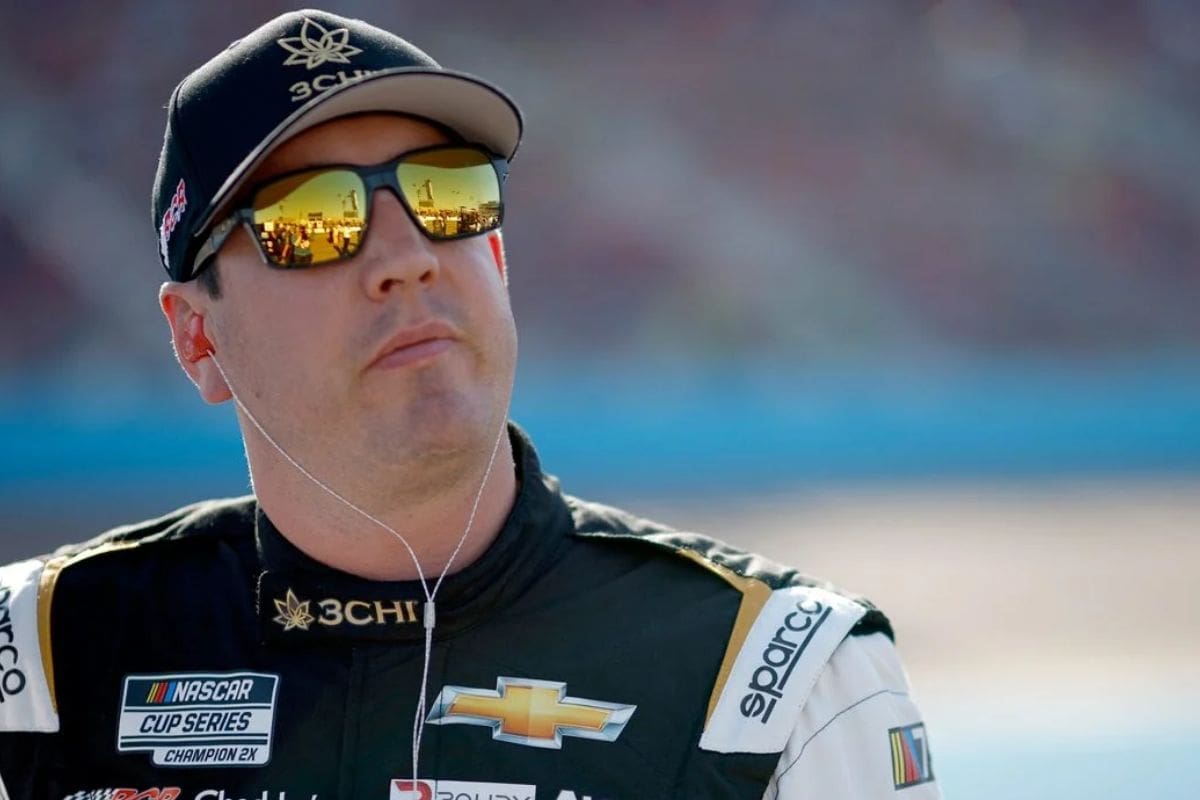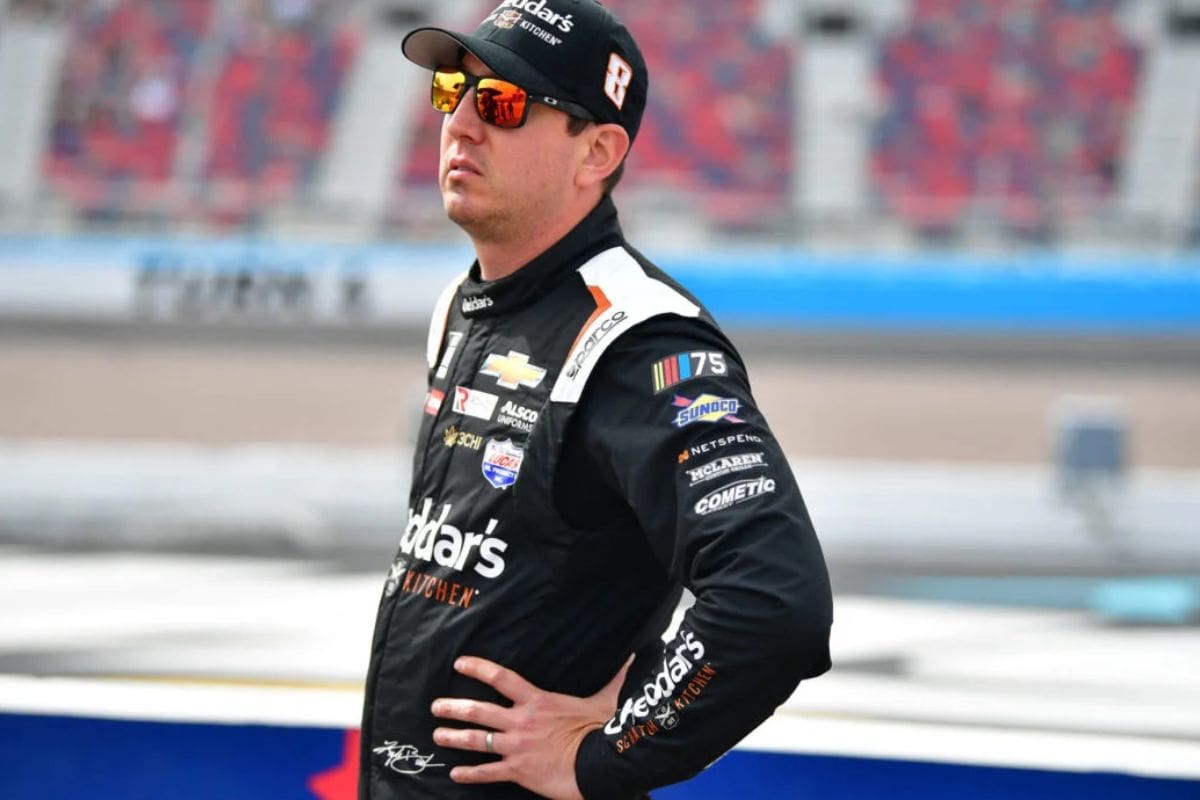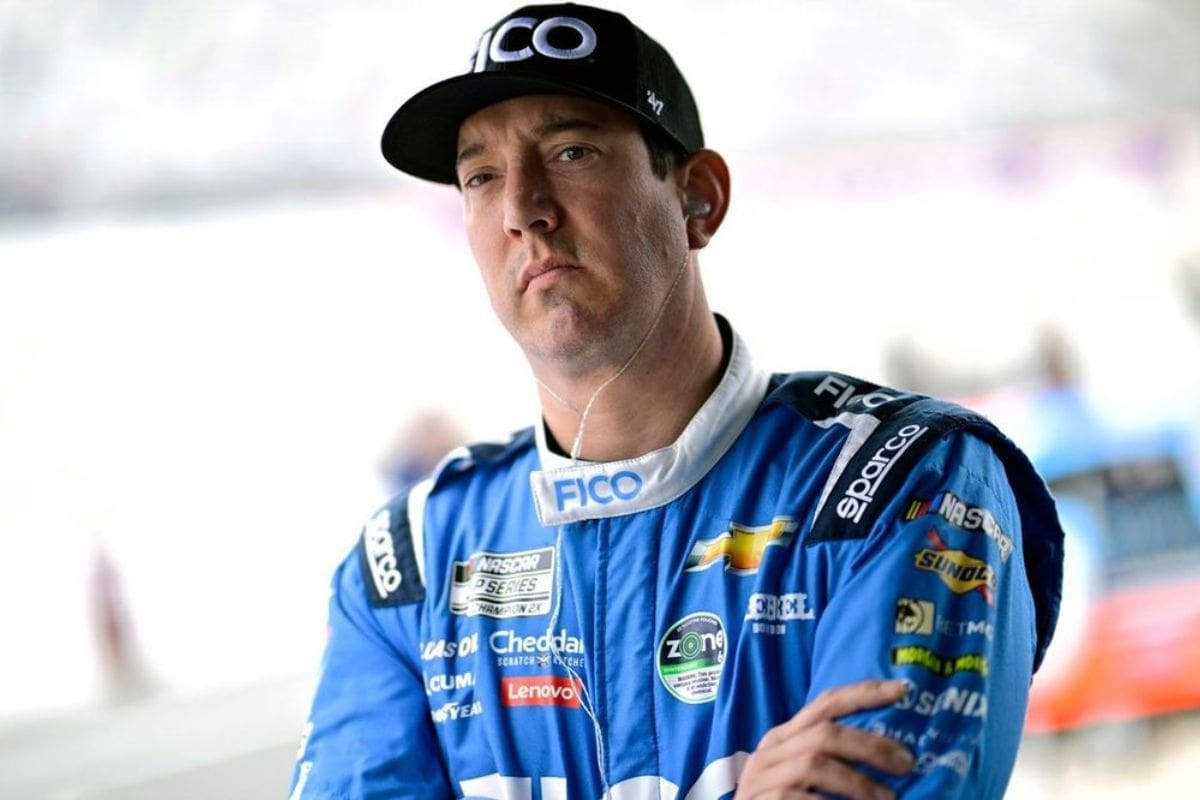Kyle Busch Joins Fans in Criticism: Kyle Busch has recently emphasized his frustration alongside fans, criticizing the tendency of Cup Series drivers to follow an ‘ARCA path,’ particularly given the excessive caution flags at Sonoma Raceway. Busch’s remarks highlight a broader concern within the NASCAR community about the skill level and adaptability of current Cup drivers. The frequent caution flags not only disrupt race flow but also impact strategic decisions and the integrity of competition.
Key Highlights
- Kyle Busch criticized the frequent caution flags, aligning with fans’ frustration over disrupted race flow.
- Busch questioned the skill level of Cup Series drivers, comparing them unfavorably to ARCA competitors.
- Excessive cautions at Sonoma Raceway led to driver and fan dissatisfaction, impacting race strategies.
- Fans used social media to humorously express discontent with the Cup Series drivers’ performance.
- The NASCAR community anticipates better race dynamics and fewer disruptions in future events.
Yellow Fever Strikes NASCAR Cup Series at Sonoma
The NASCAR Cup Series race at Sonoma Raceway was dominated by an unprecedented surge of caution flags, causing frustration among fans who anticipated a seamless road racing spectacle. The competition witnessed a total of seven caution flags, a near-record number for the track, which greatly disrupted the flow of the race and tested the patience of both drivers and spectators.
The sequence of caution flags began early with Denny Hamlin’s engine failure, setting a tone of unpredictability for the race. Hamlin’s misfortune was just the beginning, as subsequent incidents, such as Michael McDowell’s collision with the tire barrier, compounded the interruptions. The series of accidents not only challenged the drivers’ skills but also created a stop-and-go rhythm that detracted from the high-speed, high-stakes nature typically associated with NASCAR road courses.
Each caution period required the field to slow down, regroup, and follow the pace car, leading to extended laps under yellow flags. This scenario effectively curtailed the competitive racing intervals, leaving fans yearning for sustained green-flag racing. The interruptions also influenced pit strategies and tire management, adding an additional layer of complexity to the race dynamics.
Frustration and Anticipation for Resolution
Amid the growing discontent over the frequent caution flags, drivers like Kyle Busch voiced their frustration, calling for measures to prevent the race from deteriorating into a sequence of interruptions. The continuous stoppages not only disrupted the rhythm of the race but also tested the patience of both competitors and spectators. Busch’s broadcasted over the radio, covers the sentiment of many who yearned for a resolution to this recurring issue.
“This is where old man France comes over the radio and says to pull your head out of your a** to everybody?” – Busch
The series of caution flags had a tangible effect on the race dynamics, leaving fans and drivers in a state of frustration. This situation has sparked a debate on potential interventions that could ensure a smoother race flow. The concern is not merely about the frequency of cautions but also about maintaining the integrity of the competition. The final stage of the race provided a glimmer of hope, running green without interruptions and hinting at a possible improvement.
As the racing community anticipates solutions, the onus is on NASCAR officials to address these concerns and restore the competitive balance. The green-flag run in the final stage was a welcome respite, suggesting that with appropriate measures, a more seamless and engaging race experience is achievable.
Late Drama for Kyle Busch
In the closing laps of the race, Kyle Busch found himself embroiled in late drama as a clash with Ross Chastain and subsequent fuel complications thwarted his bid for a top 5 finish, relegating him to twelfth place. The altercation with Chastain, which appeared to be a deliberate move, forced Busch off the track, greatly impacting his race strategy.
From a fan’s perspective, the clash with Chastain was particularly frustrating. The incident was seen as an unnecessary escalation that tarnished what could have been a strong finish for Busch. The racing community has long debated the aggressive tactics used by some drivers, and this episode further fueled the ongoing discussion. Many fans voiced their disappointment on social media, calling for stricter regulations to prevent such confrontations.
#NASCAR … Caution #7 at Sonoma (2 shy of track record)
Kyle Busch on the radio: "This is where old man France comes over the radio and says to pull your head out of your ass to everybody?"— Dustin Long (@dustinlong) June 9, 2024
Furthermore, Busch’s troubles were compounded by unforeseen fuel issues. As he navigated through the final laps, the fuel gauge began to dip precariously, adding another layer of complexity to his race. The team had to make a strategic call, balancing the risk of running out of fuel against the need to maintain position. Unfortunately, this gamble did not pay off, and Busch’s car ultimately ran short, forcing him to conserve and subsequently lose several positions.
While the race’s outcome was undoubtedly a letdown for Busch and his supporters, it highlighted the unpredictable nature of motorsport. Both the clash with Chastain and the fuel miscalculations served as stark reminders of the myriad challenges drivers face, emphasizing the razor-thin margins that often separate success from disappointment.
Disappointment for RCR
Despite the late-race drama that befell Kyle Busch, the broader struggles for Richard Childress Racing (RCR) were evident as the team grappled with early caution flags that disrupted their carefully laid plans. From the onset, RCR’s strategy appeared pivotal, aimed at maximizing track position and tire management. However, the unforeseen cautions threw a wrench into their race-day blueprint, forcing the team to adapt on the fly—a task easier said than done in NASCAR.
The early cautions not only altered the rhythm of the race but also placed RCR’s drivers in less-than-ideal positions, battling traffic and compromising their ability to execute pit strategies effectively. This chain of events led to a snowball effect, where initial setbacks compounded, making recovery increasingly challenging. The team’s performance was representative of the broader challenges inherent in motorsports, where adaptability is essential, yet sometimes insufficient when luck does not favor the prepared.
Fan Outrage and Humorous Commentary
NASCAR fans’ reactions on social media highlighted a collective frustration with the race’s management and the excessive caution laps, sparking a wave of humorous commentary that contrasted the event with the chaotic nature of ARCA races. The race, which was marked by an unusually high number of caution periods, led some fans to question the skill level of the Cup Series drivers.
“Is this the NASCAR Cup Series with the best drivers in the world?”
“This is ridiculous!! These guys should be absolutely embarrassed by this clown show!!”
“This race sucks. Give me an oval”. – fans reaction
The online discourse revealed a blend of sharp criticism and humor, as fans pointed out the irony of seasoned Cup Series drivers struggling in a manner similar to ARCA rookies. This comparison served to highlight their dissatisfaction with the current state of NASCAR race management. The following table encapsulates some of the most prevalent themes observed in fan reactions:
As the race concluded, many fans eagerly looked forward to the return to oval racing at Iowa Speedway, hopeful that it would offer a more traditional and less chaotic NASCAR experience. This feeling emphasizes the broader fan desire for a return to the fundamentals of the sport, away from the perceived amateurishness of the recent event.
“I’m done I’m turning this sh*t show off. Can’t even make a single lap. It’s embarrassing how shit these guys are”.
“This is ridiculous. If I wanted to watch arca I would”. – fans reaction
News in Brief: Kyle Busch Joins Fans in Criticism
The ongoing critique of Cup Series drivers’ performance at Sonoma Raceway, highlighted by Kyle Busch and echoed by fans, emphasizes the crucial need to address the skill disparity and the impact of excessive caution flags on race strategy.
This shared frustration reflects broader concerns about maintaining competitive integrity and the general viewing experience in NASCAR.
As stakeholders advocate for improvements, the balance between challenge and fairness remains essential for the sport’s evolution and sustainability.
Our Reader’s Queries
Q. Why is Kyle Busch allowed to race?
A. Although Busch is prohibited from driving his own car on public roads, NASCAR allows him to compete without requiring a driver’s license.
Q. How did Kyle Busch get into NASCAR?
A. In 2003, Busch joined Hendrick Motorsports as a developmental driver and competed in seven ARCA Menards Series races for the team. He achieved his first career win at Nashville Superspeedway during this time. Upon reaching the age of 18, Busch piloted the No. 87 Chevrolet in seven races in what is now recognized as the NASCAR Xfinity Series.
ALSO READ: Kyle Busch Breaks Records: All-Time NASCAR Win Percentage Leader



